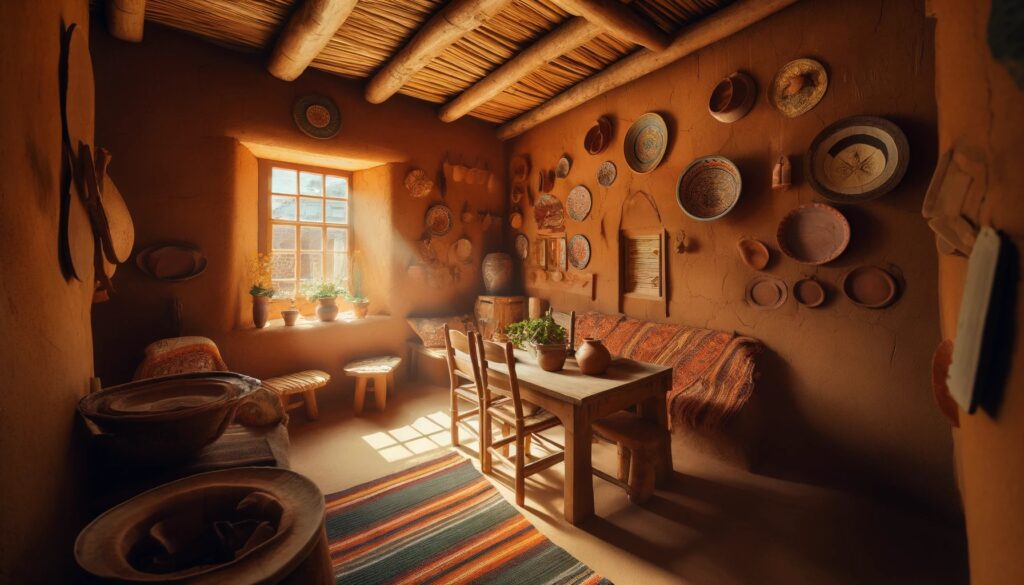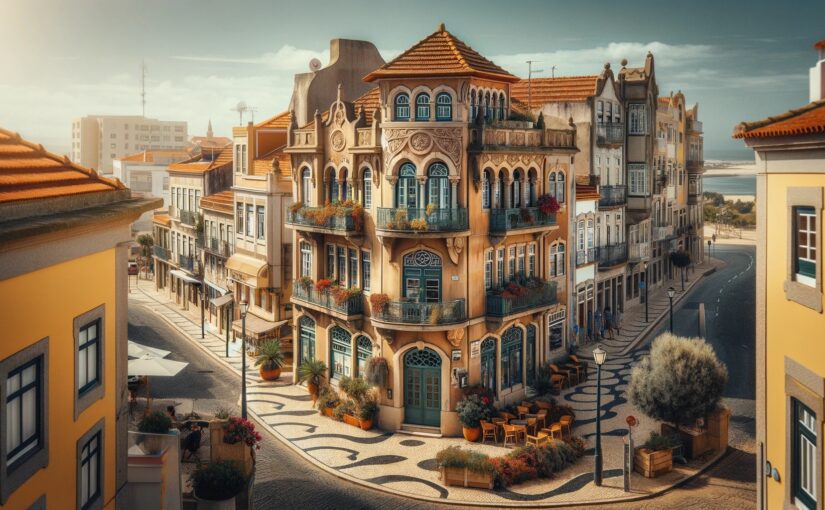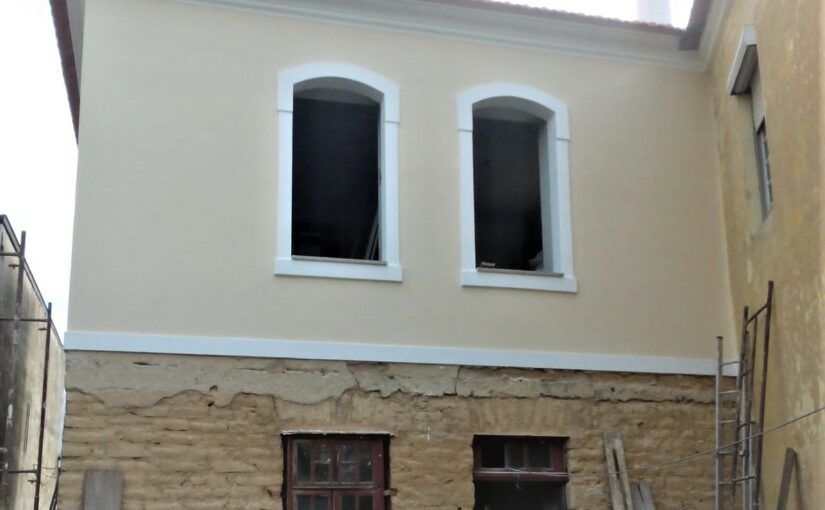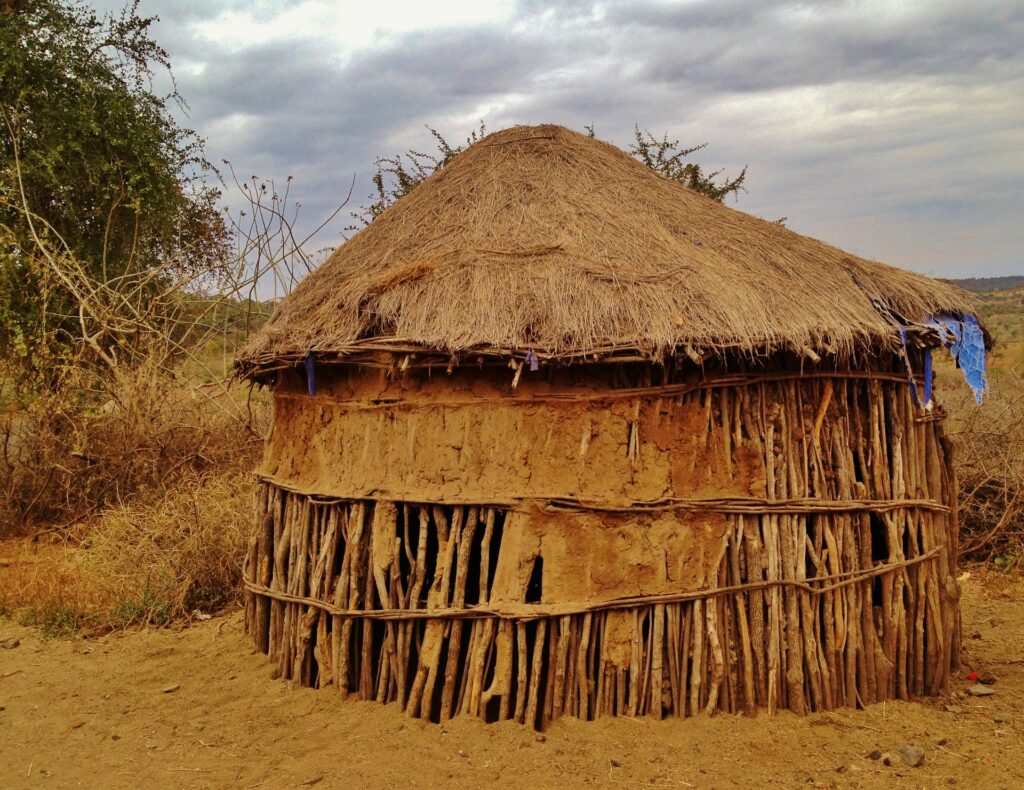Adobe construction is a fascinating and ancient building technique. It primarily finds use in regions where materials like clay soil are abundant. This method has historical significance in many parts of the world, including the Aveiro region in Portugal. Here’s a simplified overview of the subject based on a detailed study from the University of Aveiro.
What is Adobe Construction?
Adobe construction involves making bricks from a mix of clay soil, water and sometimes added materials like straw and lime. These bricks are molded and left to dry in the sun. Thereby creating a sturdy building material. This ancient technique has been used for centuries around the world.
Adobe in Aveiro
Aveiro, located on Portugal’s west coast, has a rich history of adobe buildings. These constructions date back to the late 19th and early 20th centuries. However, many of these buildings, including notable Art Nouveau houses, are now in a state of disrepair and need urgent restoration.
Why Preserve Adobe Buildings?
Preserving these structures is crucial for maintaining cultural and historical heritage. But sadly, many adobe buildings in Aveiro are on the verge of collapse. Therefore, their rehabilitation is necessary to save them for future generations.
Challenges in Adobe Rehabilitation
One of the main challenges in restoring adobe buildings is the lack of information about the mechanical properties of adobe bricks. Therefore, this knowledge is essential for engineers to understand how these structures behave under stress and to design effective restoration methods.

Research on Adobe Bricks
Researchers from the University of Aveiro conducted studies to understand the mechanical properties of adobe bricks. They collected samples from various old buildings and tested them to determine their strength and durability.
Key Findings
- Material Composition: Adobe bricks in the Aveiro region are primarily made from sandy soils with clay. Sometimes, lime and straw are added to improve strength.
- Strength Tests: The researchers tested the bricks for compressive strength (how much they can be compressed) and tensile strength (how much they can be stretched). These tests showed that the bricks have significant strength, but there is variability depending on the specific composition of each brick.
- Results: The study found that adobe bricks have a compressive strength ranging from 0.5 to 2.0 MPa. Interestingly, the tensile strength was about 20% of the compressive strength, which is quite good for such natural building materials.
Practical Applications
So, the findings provide valuable data that one can use to guide the restoration and strengthening of adobe buildings. For instance, understanding the right mix of materials can help improve the bricks’ strength, ensuring more durable restorations.
Conclusion
So, Adobe construction is not just a method from the past; it’s a technique with significant cultural and historical value. Therefore, with proper research and restoration efforts, we can preserve the beautiful adobe buildings in Portugal for future generations to appreciate. This study from the University of Aveiro is a step forward in understanding and preserving these unique structures.
For more detailed information, you can access the full study here.


